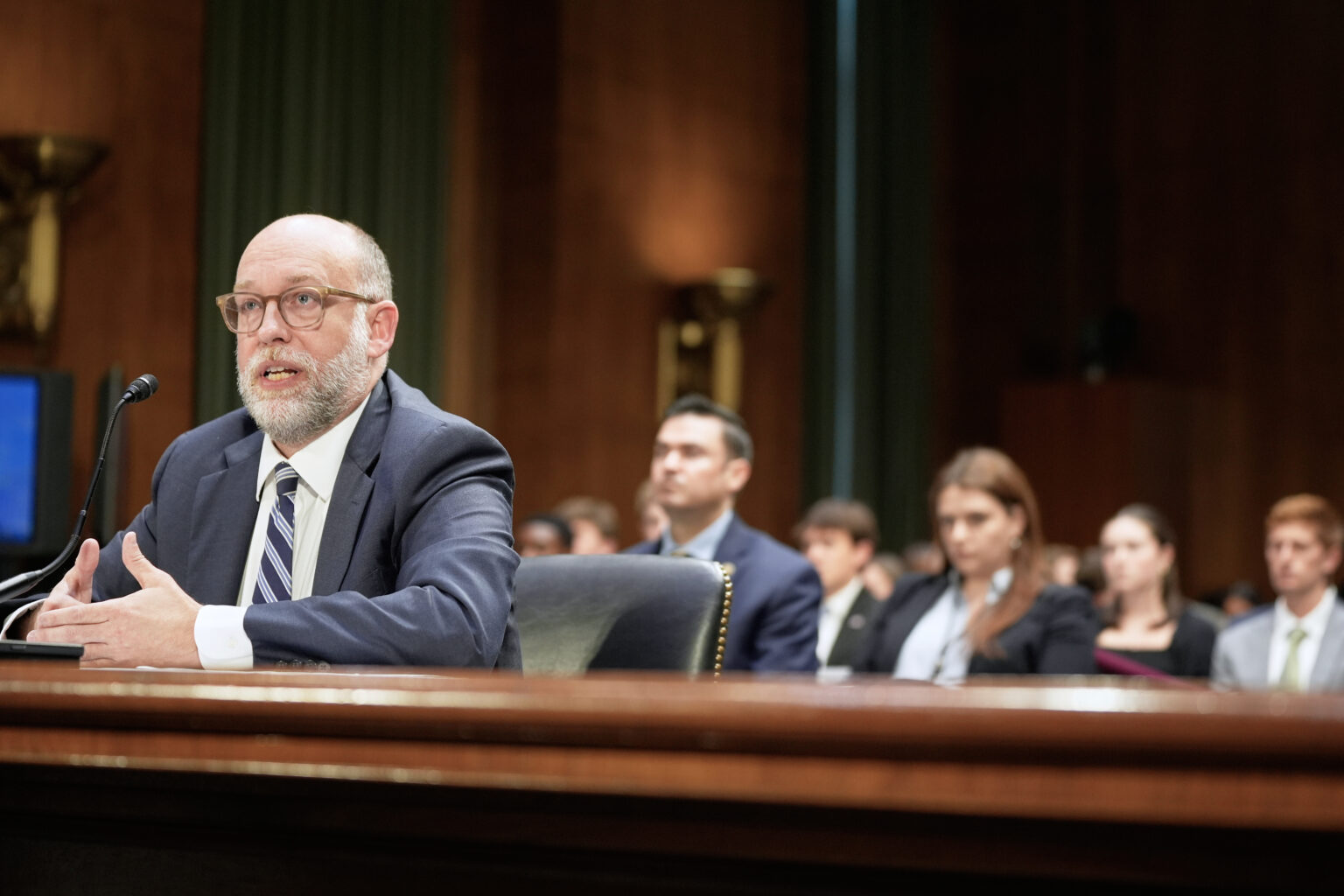White House’s Unconventional Approach to Budget Disclosure Sparks Debate
A Departure from Tradition: The Decision to Withhold the Federal Budget Proposal
In a surprising move that challenges longstanding bipartisan norms, Russell Vought, Director of the White House Office of Management and Budget (OMB), announced on Thursday that the administration would not be releasing a comprehensive federal budget plan. This decision, which some analysts argue may contravene established legal requirements, marks a significant departure from decades of customary transparency in federal budget processes.
Rationale Behind the Silence: Avoiding Confusion Amid Tax Legislation
During a breakfast session with journalists hosted by the Christian Science Monitor, Vought explained that the administration’s choice was driven by concerns over potential confusion. He emphasized that releasing a detailed budget during the ongoing debate over the Republican-led tax overhaul-recently enacted by Congress-could have muddled the legislative landscape. Traditionally, presidents submit a budget proposal to Congress by the first Monday in February, as mandated by the 1974 Budget Act. However, the initial submission often faces delays during a new presidential term.
The recent tax law, dubbed the “One Big Beautiful Bill,” is distinct from the annual appropriations process, which the budget typically informs. The administration’s decision to withhold the full budget aims to prevent overlapping or conflicting messages during this critical period.
What the Budget Usually Contains and Why It Matters
Historically, the White House’s budget proposal includes projections of key economic indicators such as inflation rates, budget deficits, national debt, and gross domestic product (GDP). These figures serve as vital benchmarks for policymakers and the public alike. Despite the absence of a full budget, the Trump administration has provided Congress with a detailed 1,200-page appendix to guide appropriations negotiations, particularly concerning discretionary spending-funds allocated annually for government programs.
Future Plans for Economic Forecasts and Budget Transparency
Vought assured that a comprehensive budget would eventually be released, though he cautioned that immediate publication could cause chaos. “Releasing conflicting proposals-reconciliation versus budget-would create confusion,” he stated, referencing the legislative process used to pass the tax cuts without risking a Democratic filibuster in the Senate. Additionally, the White House plans to issue midyear economic forecasts later this summer, providing some insight into the administration’s fiscal outlook.
Legal and Political Implications of the Omission
Experts in federal budgeting have expressed concern over the administration’s reluctance to publish a full budget for an extended period. Historically, presidents have adhered to the statutory deadline, making this delay unprecedented in recent memory. The challenge is compounded by the unpredictable nature of economic estimates, which depend heavily on volatile factors such as tariffs-an area where revenue projections can fluctuate daily.
Charles Kieffer, a veteran budget analyst with decades of experience across multiple administrations and a former Democratic Senate Appropriations staffer, criticized the move. “This is highly unusual,” he remarked, noting that he cannot recall a similar delay in his 46 years observing federal budget processes, including during the early years of the Trump administration.
Controversy Over Federal Spending Cuts and the Role of DOGE
During the same event, Vought addressed claims that the Department of Government Efficiency (DOGE)-a government initiative led by billionaire Elon Musk until his departure in May-had identified substantial savings in the federal budget. A website associated with DOGE claims that the administration has achieved approximately $190 billion in “estimated savings” this year.
While Vought cautioned against basing policy decisions solely on DOGE’s figures, he acknowledged that the proposed cuts, primarily targeting foreign aid and public broadcasting, are intended to be made permanent. Currently, the administration is working to formalize roughly $9 billion in reductions through congressional approval. The Senate has already approved this measure, but it still requires House approval. If further cuts are not approved, the administration might consider unilaterally implementing larger reductions, potentially bypassing Congress-a move Vought has previously defended as within the president’s constitutional authority.
The Future of Federal Budget Management
Vought emphasized that agencies are still responsible for managing existing funding, even if contracts or grants are canceled. “Funding that has been allocated must be addressed and made permanent,” he explained, highlighting the administration’s focus on consolidating savings and restructuring spending.
Conclusion: A New Chapter in Federal Budget Policy?
This approach signals a potential shift in how the federal government manages and communicates its fiscal plans. While critics worry about transparency and legal compliance, supporters argue that the move allows for more strategic decision-making amid complex legislative priorities. As the administration prepares to release further economic forecasts later this year, the coming months will reveal whether this unconventional strategy will reshape federal budget practices or spark further controversy.

